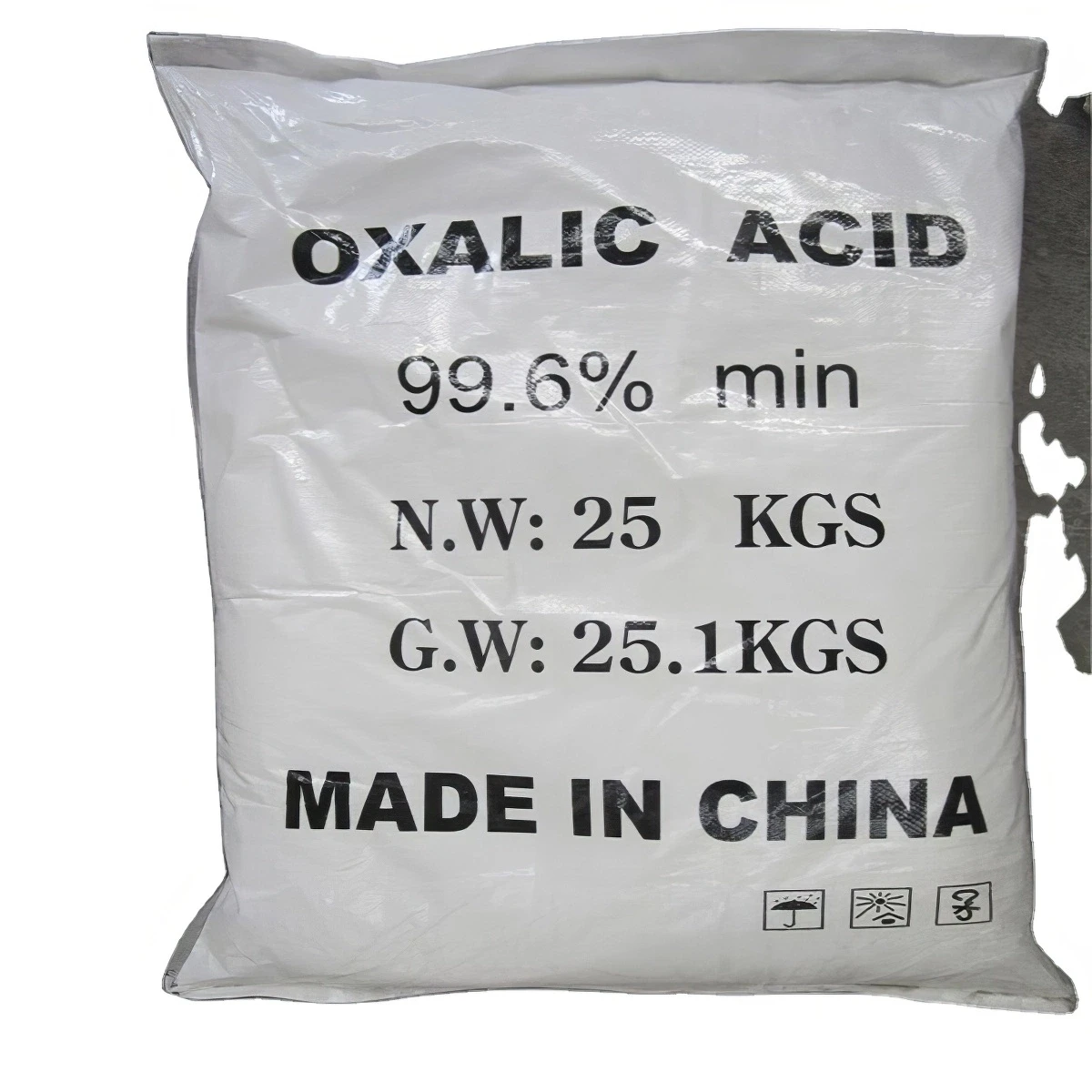



Understanding the Safety Data Sheet for Sodium Hydroxide and Its Handling Guidelines
Understanding the Safety Data Sheet (SDS) for Sodium Hydroxide (NaOH)
Sodium hydroxide (NaOH), commonly known as caustic soda or lye, is a highly versatile chemical widely used across various industries, including manufacturing, food processing, and wastewater treatment. Despite its utility, it is crucial to understand the associated hazards and safety measures related to its handling and use. This is where the Safety Data Sheet (SDS) plays a vital role.
A Safety Data Sheet is a document that provides detailed information about a chemical substance's properties, hazards, handling, and emergency measures. For sodium hydroxide, the SDS is essential as it outlines critical safety information necessary for anyone who may come into contact with this potent alkali.
Composition and Identification
The SDS for sodium hydroxide begins with the chemical's identification, detailing its chemical formula (NaOH), molecular weight (40.00 g/mol), and synonyms such as lye and caustic soda. It also includes emergency contact information and manufacturer details, enabling quick access to pertinent information in a critical situation.
Hazard Identification
One of the most crucial sections of the SDS is the hazard identification. Sodium hydroxide is classified as a corrosive substance, posing serious risks upon contact with skin, eyes, or respiratory systems. The SDS informs readers of the potential health risks, including irritation and burns, as well as long-term effects that can cause extensive damage to tissues. Furthermore, it details environmental hazards, reinforcing the necessity of proper disposal methods to prevent environmental contamination.
Handling and Storage
Proper handling and storage recommendations are fundamental components of the SDS. Given sodium hydroxide's caustic nature, it is vital to use personal protective equipment (PPE), such as gloves, goggles, and aprons, to safeguard against spills or splashes. The SDS also advises on the safe storage of NaOH, indicating that it should be kept in a cool, well-ventilated area away from incompatible materials such as acids and organic compounds.
msds dari naoh

Emergency Measures
In the event of exposure or accidents, the SDS outlines emergency procedures. For skin contact, it recommends removing contaminated clothing and rinsing the affected area with plenty of water for at least 15 minutes. In case of eye exposure, immediate flushing with water is crucial, and medical attention should be sought without delay. For inhalation or ingestion, the SDS urges seeking emergency medical assistance promptly, highlighting the serious nature of such incidents.
First Aid Measures
The first aid measures section provides step-by-step protocols in emergencies. It emphasizes the importance of quick action, ensuring that individuals exposed to sodium hydroxide receive appropriate care. The effectiveness of these measures can significantly reduce the severity of injuries related to NaOH.
Accidental Release Measures
The SDS also discusses accidental release measures, outlining steps to take in case of spills or leaks. It emphasizes containment and cleanup procedures to minimize exposure and environmental impact. The use of appropriate absorbents and neutralizing agents is recommended to handle spills safely.
Conclusion
In summary, the Safety Data Sheet for sodium hydroxide is an invaluable resource that provides essential information about the chemical's properties, hazards, and safety precautions. Understanding and adhering to the guidelines outlined in the SDS is crucial for ensuring safe handling and preventing accidents in the workplace. Given sodium hydroxide's widespread application, awareness of its risks and emergency procedures is not only beneficial but necessary for health and safety in environments where this chemical is utilized. Always consult the SDS before handling sodium hydroxide to ensure comprehensive knowledge of its hazards and management practices.
-
Why Strontium Carbonate Still MattersNewsJun.06,2025
-
Why BaSO4 MattersNewsJun.06,2025
-
Why Barium Carbonate Still MattersNewsJun.06,2025
-
Strontium Hydroxide: A Versatile Compound for Modern ApplicationsNewsJun.06,2025
-
Strontium Chloride in Daily IndustryNewsJun.06,2025
-
Pure Potassium Nitrate for SaleNewsJun.06,2025
-
What Is Sodium Bisulfate Used For?NewsMay.15,2025










